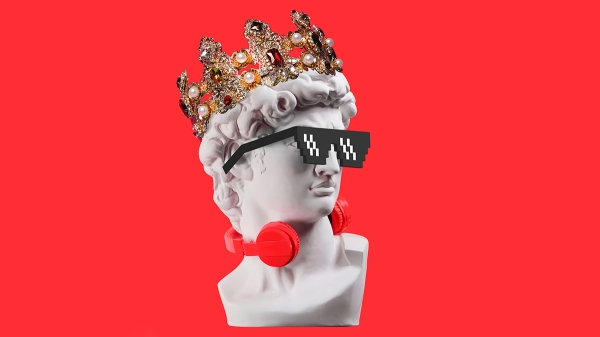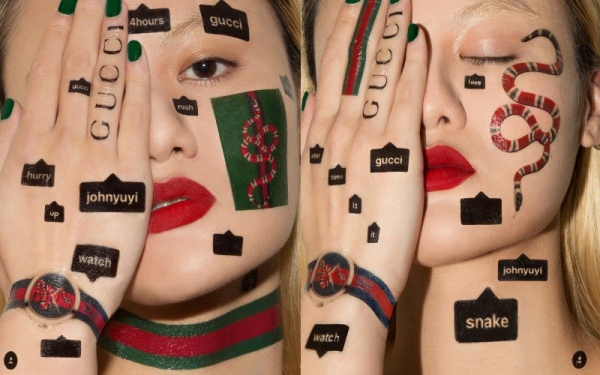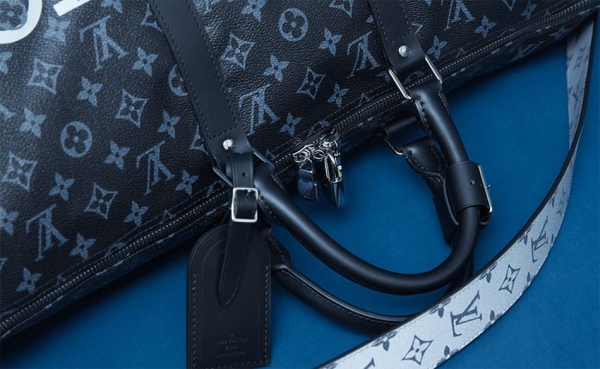The Business of Luxury Brands
But what makes these high-end labels so appealing? - Exclusiveness and scarcityIf a brand is accessible to everyone, it is unlikely that people will aspire to
- by B2B Desk 2022-05-17 22:51:57
Luxury brands have stood for status, power, class, and style for decades. Emperors, corporate tycoons, and affluent individuals have utilised brands like Armani, Gucci, Rolls Royce, Mercedes, and Ferrari for many centuries. The global luxury brand sector is estimated to be worth more than $ 200 billion. The iconic luxury company Louis Vuitton Moet Hennessy had earnings of almost 35 billion Euros in 2015. With expanding disposable incomes in nations such as India, China, and Russia, the desire for luxury brands will only grow.

But what makes these high-end labels so appealing?
- Exclusiveness and scarcity
If a brand is accessible to everyone, it is unlikely that people will aspire to it. People often strive for something difficult to obtain. If something is easily accessible, everyone has it, and there is no exclusivity. Limited edition vehicles and motorcycles are attempting to combine scarcity and exclusivity. In 2014, Ferrari only built 7255 units. These luxury brands are not built on mass manufacture. Craftsmanship, pricing, customisation, a long waiting list, and the country of origin can all contribute to its distinctiveness. Italians are generally thought to be fashionable. That is one of the reasons why Italy produces the vast bulk of fashion labels.
- Status Symbol
"I buy luxury products for the status it offers," adds Vema Reddy, who works in technology. "Sure, they're important, but you can get them from other consumer brands too," he responded when questioned about other aspects like comfort, style, or quality. My friend told me that his BMW was a symbol of his success. As a result, when someone buys an automobile, he may be purchasing prestige rather than utility.
- Limiting channels of distribution
Consumer brands manufacture in large quantities and distribute broadly to ensure that the product is readily available. The luxury market, on the other hand, works in the exact opposite direction.
The idea is to produce less than demand while maintaining a waiting list. Prodiguer's limited edition bottles are an example; they were only offered to a select few. Apple's limited-edition 18-karat gold watch is another example of the limited-edition technique. Luxury products are typically offered in their own corporate stores, where consumers receive special VIP treatment. Customers can test drive a BMW before purchasing it at the BMW showroom in Munich.
- Experience and Belonging
The brand experience begins even before a customer enters a luxury product store and continues after the sale. The goal is to inspire a sense of belonging to an exclusive group to which only a few people are invited. Examples are the Harley-Davidson Owners Group (H.O.G) and the Beetle Owners Club. Tom Ford hosted a fashion presentation for a select group of his VIP clients. The press was not permitted to attend the ceremony. He hosted the event himself, with Beyoncé and Julianne Moore serving as models. Envus Motorsports delivers luxury experiences by renting top-of-the-line cars ranging from Ferrari to Lamborghini and shooting the entire event so that consumers can share and enjoy the moment with their friends. They are marketing a luxury experience rather than just rents.
Conclusion
Luxury brands can be an exciting and dynamic industry. It makes sense to pause, ponder, and decide how we want to position ourselves while starting a firm. It's crucial to remember that we're selling more than just a product; we're selling all of the emotions that come with it.
Also Read : List of 20 best construction companies in india in 2022

POPULAR POSTS
Pine Labs IPO 2025: Listing Date, Grey Market Premium, and Expert Outlook
by Shan, 2025-11-05 09:57:07
India’s Largest Unicorn Startups in 2025: Rankings, Valuations, and Trends
by Shan, 2025-09-18 10:32:48
Swiggy Launches Toing App in Pune to Serve Affordable Food Delivery — What It Means for the Market
by Shan, 2025-09-16 12:29:08
Trending Startup Ideas for 2025: Where Innovation Meets Opportunity
by Shan, 2025-09-05 11:56:43
19 Best Business Ideas to Start in India 2025: From Low Investment to High Demand
by Shan, 2025-09-03 10:58:15
Razorpay Business Model Explained: How the Fintech Giant Makes Money in India
by Shan, 2025-08-05 12:10:28
How CRED Reimagined Credit Card Rewards into a Billion-Dollar Fintech Empire
by Shan, 2025-08-04 12:28:03
RECENTLY PUBLISHED

Loan EMIs to Drop as RBI Slashes Repo Rate - Full MPC December 2025 Highlights
- by Shan, 2025-12-05 11:49:44

The Agentic Revolution: Why Salesforce Is Betting Its Future on AI Agents
- by Shan, 2025-11-05 10:29:23

Top 10 Insurance Companies in India 2026: Life, Health, and General Insurance Leaders Explained
- by Shan, 2025-10-30 10:06:42

OpenAI Offers ChatGPT Go Free in India: What’s Behind This Big AI Giveaway?
- by Shan, 2025-10-28 12:19:11

Best Silver Investment Platforms for 2025: From CFDs to Digital Vaults Explained
- by Shan, 2025-10-23 12:22:46





 Subscribe now
Subscribe now 